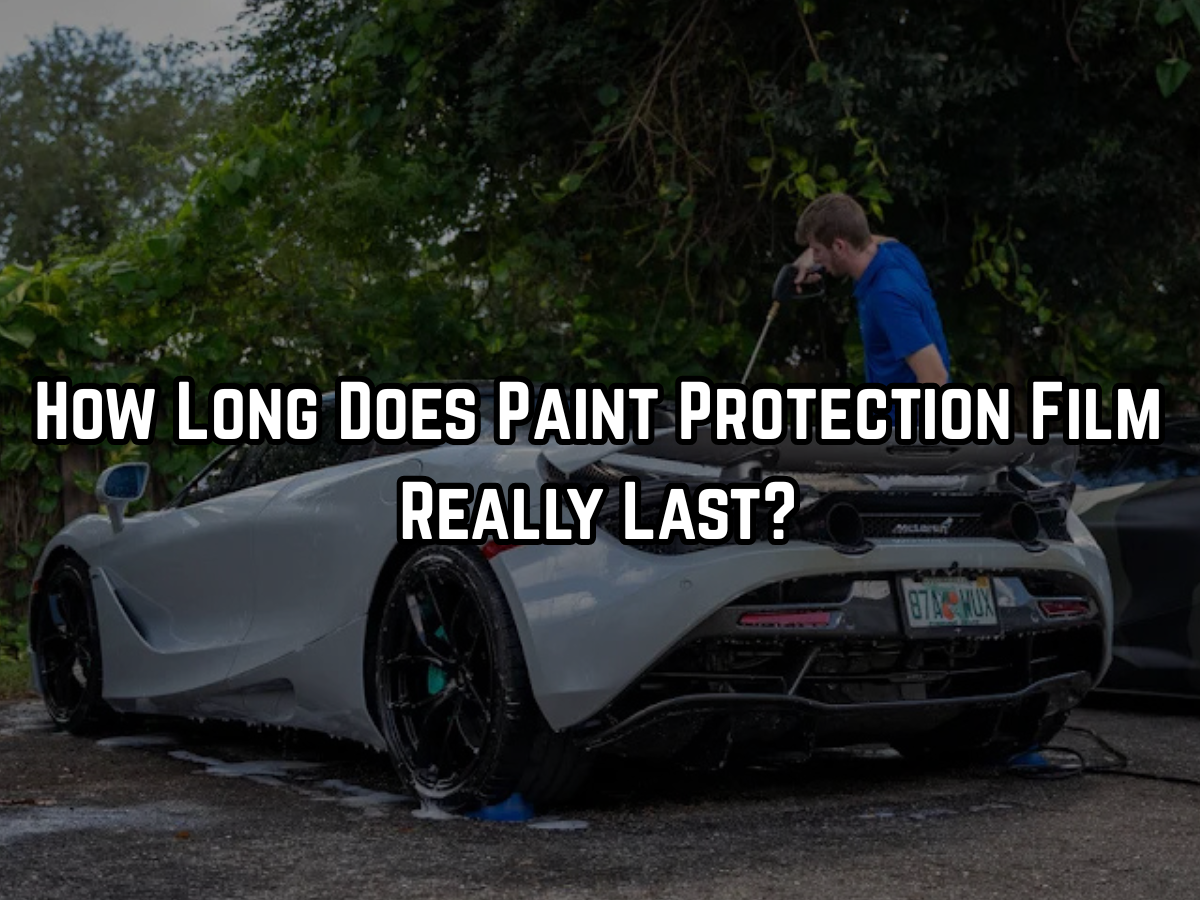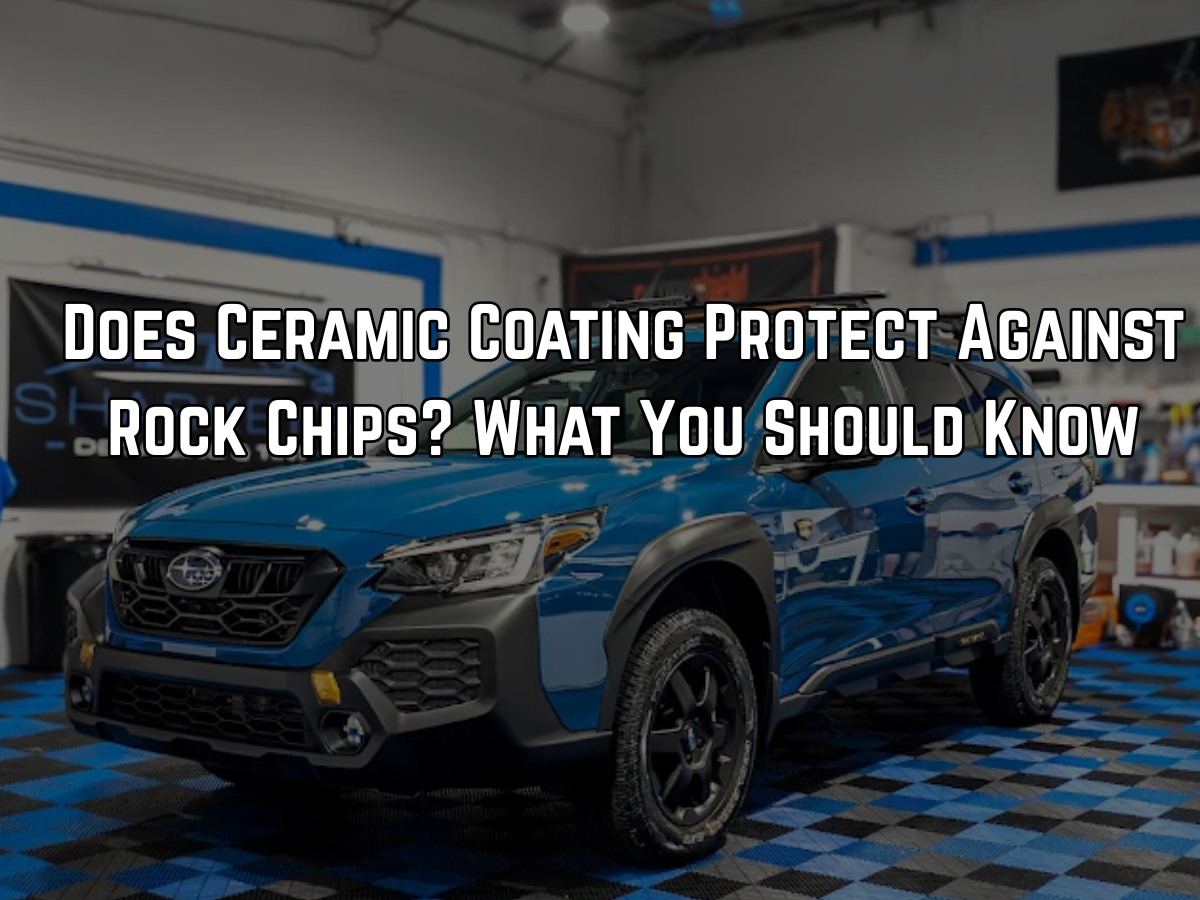Critical Components Of A Quality Automotive Window Tint Installation
Professional window tinting requires precision, quality materials, and specialized expertise to deliver lasting results. Understanding what separates amateur installation from professional work helps car owners make informed decisions about this important investment.
Key Takeaways
- Professional installation environments must be dust-free and climate-controlled to prevent contamination
- Quality film selection directly impacts performance, durability, and appearance
- Specialized tools and proper techniques ensure bubble-free, seamless application
- Pre-installation preparation and surface cleaning determine long-term adhesion success
- Expert cutting and fitting prevent edge lifting and premature failure
Component 1: Controlled Installation Environment
Clean Room Standards
A reputable tint shop will happily show you its work and have previous customers share their experiences, and the cleanliness of their work area tells you everything about their standards. Professional window tint installation requires a controlled environment that prevents contamination during the critical application process.
Essential Environmental Factors:
- Dust-free workspace with proper air filtration
- Controlled temperature and humidity levels
- Adequate lighting for precise work
- Protected areas away from outdoor elements
- Clean water systems for slip solutions
Why Environment Matters: Even microscopic dust particles can create bubbles, lifting, and adhesion failures. Professional installers invest in climate-controlled bays specifically because environmental contaminants are the enemy of quality installations. Florida's humid climate makes this even more critical, as moisture levels affect both film application and curing times.
Temperature Control: Optimal installation temperatures range between 70-80°F. Too cold, and the adhesive won't activate properly. Too hot, and the film becomes difficult to handle and position accurately.
Component 2: Premium Film Selection and Quality
Film Technology Variations
Not all window films are created equal. Professional installations begin with selecting appropriate film technology for your vehicle's specific needs and local climate conditions.
| Film Type | Key Benefits | Best Applications |
|---|---|---|
| Ceramic Film | Superior heat rejection, no signal interference | Luxury vehicles, electronics-heavy cars |
| Carbon Film | Good heat rejection, fade resistance | Daily drivers, cost-effective performance |
| Crystalline Film | Maximum clarity, premium heat rejection | High-end vehicles require subtle appearance |
| Dyed Film | Basic privacy, entry-level option | Budget-conscious applications |
Quality Indicators:
- UV protection ratings of 99% or higher
- Consistent color throughout the film
- Scratch-resistant hard coats
- Manufacturer warranty coverage
- Optical clarity specifications
Film Thickness and Durability: Professional-grade films typically measure 1.5-2 mil thickness, providing the right balance of durability and flexibility. Thinner films tear easily during installation, while thicker films can be difficult to conform to curved surfaces.
Component 3: Specialized Installation Tools and Equipment
Precision Tools for Professional Results
The many tools required for high-quality window tint include ladders, application solutions, squeegees, knives, and more. Each tool serves a specific purpose in achieving bubble-free, precise installation.
Essential Tool Categories:
Cutting and Measuring:
- Computer-pattern cutting systems for a perfect fit
- Sharp replacement blades for clean edges
- Precision rulers and measuring tools
- Templates for complex window shapes
Application Tools:
- Professional squeegees with various hardness levels
- Hard cards for detail work and edge sealing
- Slip solution spray bottles with adjustable patterns
- Heat guns for film forming and activation
Surface Preparation:
- Razor scrapers for adhesive removal
- Cleaning solutions designed for glass preparation
- Lint-free towels and microfiber cloths
- Fine steel wool for stubborn contaminant removal
Component 4: Proper Surface Preparation
Foundation for Long-Term Success
Surface preparation determines whether your window tint will last months or years. Professional installers spend significant time cleaning and preparing glass surfaces before film application.
Multi-Step Cleaning Process:
- Initial washing to remove surface dirt and grime
- Razor scraping to eliminate embedded contaminants
- Chemical cleaning with specialized glass preparations
- Final inspection under proper lighting
- Dust removal immediately before film application
Common Preparation Mistakes:
- Skipping the razor scraping step
- Using household cleaners that leave residue
- Inadequate drying time between steps
- Missing embedded contaminants in corners
- Working in dusty environments
Critical Areas: Window edges, corners, and defroster lines require extra attention. These areas collect the most contamination and are most prone to installation failures if not properly prepared.
Component 5: Expert Application Technique
Professional Installation Methods
Achieving professional-looking results is nearly impossible for DIY installations because proper technique requires extensive training and experience.
Installation Process Steps:
Pattern Creation:
- Precise measurement and template creation
- Computer-cut patterns for a perfect fit
- Allowances for thermal expansion
- Edge gap calculations for long-term stability
Film Application:
- Proper slip solution mixture and application
- Controlled film positioning and initial placement
- Progressive squeegee technique to eliminate air bubbles
- Heat application for a curved surface conforming
Edge Sealing:
- Proper edge gap maintenance (typically 1-2mm)
- Corner-cutting techniques to prevent lifting
- Final squeegee passes for complete adhesion
- Quality inspection under various lighting conditions
Component 6: Quality Control and Inspection
Ensuring Installation Standards
Professional installers perform comprehensive quality checks throughout the installation process, not just at completion.
Inspection Checkpoints:
- Pre-installation surface evaluation
- Film positioning verification before activation
- Bubble and contamination checks during application
- Edge seal integrity examination
- Final appearance and performance testing
Common Quality Issues:
- Dust contamination is causing bubbles or spots
- Improper edge gaps leading to lifting
- Inadequate adhesive activation creating weak bonds
- Misaligned patterns affecting appearance
- Tool marks from improper squeegee technique
Professional Standards: Quality installations should show no bubbles, consistent color, clean edges, and proper gap spacing. Any visible defects indicate substandard work that will likely fail prematurely.
Component 7: Post-Installation Care and Curing
Ensuring Proper Film Curing
Professional installation doesn't end when the film is applied. Proper curing instructions and follow-up care are critical for achieving full performance.
Curing Timeline:
- Initial tack: 24-48 hours
- Full adhesive cure: 30-60 days in Florida's climate
- Complete optical clarity: 2-4 weeks
- Maximum performance: 60-90 days
Critical Care Instructions:
- Window operation restrictions during curing
- Cleaning product recommendations
- What to expect during the curing process
- When to contact the installer about concerns
Red Flags in Installation Quality
Warning Signs of Poor Installation:
Immediate Red Flags:
- Visible bubbles or contamination
- Uneven color or appearance
- Poor edge cutting or gaps
- Tool marks or scratches in the film
- Lifting corners or edges
Environmental Red Flags:
- Installation in dusty or uncontrolled environments
- Working outdoors or in open bays
- No climate control or air filtration
- Inadequate lighting for quality work
Process Red Flags:
- Rushing through surface preparation
- Using household cleaning products
- Inadequate quality control checks
- No warranty or guarantee offered
- Unwillingness to show previous work
Long-Term Performance Expectations
What Quality Installation Delivers:
Professional window tint installation with proper components should provide:
- 10+ years of performance in Florida's challenging climate
- Consistent appearance without fading or discoloration
- Maintained heat rejection and UV protection
- No edge lifting, bubbling, or peeling
- Warranty coverage for materials and workmanship
Maintenance Requirements: Quality installations require minimal maintenance beyond proper cleaning with recommended products. Professional film should maintain its properties and appearance for years without special care.
Conclusion
Quality automotive window tint installation depends on multiple critical components working together: controlled environments, premium materials, professional tools, proper preparation, expert technique, thorough quality control, and appropriate post-installation care.
A professional should always handle the job because each component requires specialized knowledge and equipment that DIY installations simply cannot match. The investment in professional installation pays dividends through superior performance, longevity, and warranty protection that protects your investment for years to come.
Understanding these critical components helps vehicle owners evaluate installers and ensures they receive the quality results that professional window tinting should deliver. When all components come together properly, the result is window tint that enhances your vehicle while providing years of reliable performance and protection.




